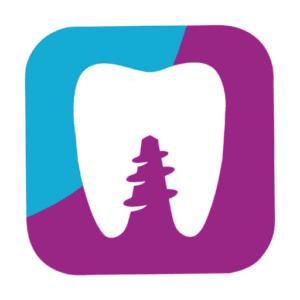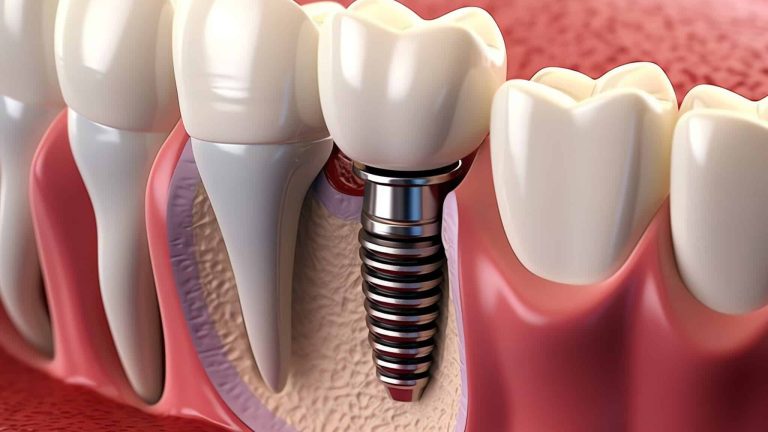Orthodontics is an excellent option to correct dental alignment and improve your bite, but it requires specific oral hygiene care. Whether you use traditional braces (fixed orthodontics) or clear aligners (removable orthodontics), it is essential to follow a strict cleaning routine to prevent cavities, tartar buildup, and gum disease.
In this article, we explain step by step how to adapt your oral hygiene according to the type of orthodontics you use, which products are most recommended, and the common mistakes you should avoid.
Importance of Oral Hygiene During Orthodontic Treatment
When you use orthodontics, the risk of bacterial plaque accumulation increases considerably, as braces and aligners can trap food particles. If hygiene is not adequate, problems such as the following may arise:
- Cavities and Dental Demineralization: Bacterial plaque produces acids that erode the enamel, leaving white spots and increasing the risk of cavities.
- Gingivitis and Periodontitis: Gum inflammation is common when food debris and bacteria are not properly removed.
- Bad Breath: The accumulation of bacteria on orthodontic appliances can cause an unpleasant odor in the mouth.
- Stains on the Teeth: Poor hygiene can cause yellow or brown stains when the orthodontic appliances are removed.
How to Adapt Oral Hygiene with Fixed Orthodontics (Braces)
If you use metallic or aesthetic braces, keep in mind that food residues can easily become trapped between the wires and brackets. To maintain good hygiene, follow these steps:
1. Brushing After Every Meal
It is essential to brush after every meal, including snacks. Use an orthodontic toothbrush with soft bristles and a special design to clean around the braces.
Brushing Technique:
- Place the toothbrush at a 45° angle to the gum and make circular movements.
- Brush above and below the braces to remove food particles.
- Do not forget to clean the inner surfaces and the chewing surfaces of the teeth.
- Spend at least two or three minutes brushing.
2. Use of Dental Floss and Floss Threaders
Dental floss is essential for removing food particles between the teeth. Use a floss threader to guide the floss between the wire and your teeth. You can also opt for dental floss with stiff ends or water irrigators, which help clean with a jet of pressurized water.
3. Fluoride Mouthwash
Use an alcohol-free fluoride mouthwash to strengthen enamel and prevent cavities. Rinse for 30 seconds after brushing.
4. Interproximal or Interdental Brushes
These small brushes are ideal for cleaning between the braces and removing food particles that a regular toothbrush cannot reach.
5. Avoid Sticky or Hard Foods
Candies, chewing gum, popcorn, and nuts can get trapped in the braces or even dislodge them. Choose soft, chopped foods instead.
How to Adapt Oral Hygiene with Removable Orthodontics (Clear Aligners or Retainers)
If you use aligners such as Invisalign or removable retainers, your cleaning routine should also be meticulous, but with some adjustments compared to braces.
1. Brush Your Teeth Before Putting on the Aligners
Before putting on the aligners, brush your teeth and use dental floss. If you put the aligners on with food residues on your teeth, bacteria will be trapped, increasing the risk of cavities.
2. Clean the Aligners After Each Use
Wash the aligners with cold water and a soft-bristled brush. You can use a neutral soap or special cleaning tablets designed for aligners. Do not clean them with toothpaste, as it may scratch them.
3. Avoid Eating with the Aligners In
Unlike braces, aligners must be removed to eat. Avoid consuming sugary or colored beverages while wearing them, as these can stain the aligners and promote bacterial growth.
4. Use Antibacterial Mouthwash
If you cannot brush after every meal, rinse your mouth with water or an antibacterial mouthwash to remove any residue.
5. Store the Aligners in Their Case
Do not wrap them in napkins or leave them on dirty surfaces. Always store them in their case when not in use.
Common Mistakes in Oral Hygiene with Orthodontics
- Brushing Too Hard: It can damage your gums and wear down the enamel.
- Using Abrasive Toothpastes: Avoid toothpastes with strong whitening ingredients, as they can cause sensitivity.
- Not Changing Your Toothbrush Frequently: With braces, the toothbrush wears out faster. Replace it every two or three months.
- Neglecting the Cleaning of Aligners: This can lead to the accumulation of bacteria and unpleasant odors if not cleaned properly.
- Not Following Your Orthodontist’s Recommendations: Proper hygiene is key to avoid delays in treatment.
Recommended Products for Oral Hygiene with Orthodontics
- Orthodontic Toothbrush: Specially designed to clean braces.
- Dental Floss with Threader or Water Irrigator: For deep cleaning between the teeth.
- Fluoride Mouthwash: Extra protection against cavities and to strengthen enamel.
- Interdental Brush: An ideal complement for cleaning between braces.
- Plaque Disclosing Tablets: Help identify areas where bacterial plaque accumulates.
Conclusion
Maintaining good oral hygiene during orthodontic treatment is essential to achieve the best results and avoid complications. Whether you use braces or removable aligners, it is important to brush after every meal, use dental floss and mouthwash, and follow your orthodontist’s recommendations.
If you follow these guidelines, not only will you keep your teeth and gums healthy during treatment, but you will also enjoy a perfect smile at the end of the process—free of stains and dental problems.




